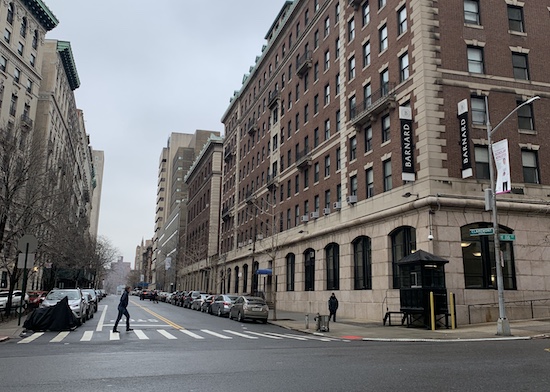
By Alex Israel
For years before Columbia University Dean Peter Awn was hit by a vehicle at 116th Street and Claremont Avenue in January, residents of the block advocated for changes that could make it safer for pedestrians. But only now, after the crash that injured and eventually killed Awn, is the city putting together a plan to make it safer.
Awn was hit on January 25 and died on February 17. Details about the crash are still hard to come by—police have said they are still investigating. Spokespeople from the NYPD’s 26th Precinct and the Deputy Commissioner Public Information did not respond to requests for additional details, citing the ongoing investigation.
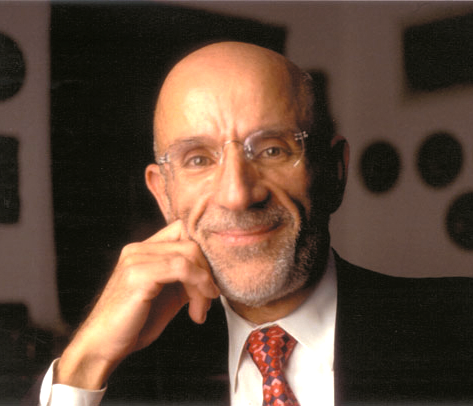 “Since his arrival on the Columbia campus more than four decades ago, no one has been a more beloved member of our community than Peter. The grief we feel at his loss is overwhelming,” wrote Columbia University President Lee C. Bollinger in a statement following Awn’s death. Referred to as a “cherished fixture on Columbia’s campus,” Awn (pictured at right) was said to have “delighted his students with his boundless enthusiasm, incisive intellect, deep compassion for their well-being, and expressive socks,” in a published obituary.
“Since his arrival on the Columbia campus more than four decades ago, no one has been a more beloved member of our community than Peter. The grief we feel at his loss is overwhelming,” wrote Columbia University President Lee C. Bollinger in a statement following Awn’s death. Referred to as a “cherished fixture on Columbia’s campus,” Awn (pictured at right) was said to have “delighted his students with his boundless enthusiasm, incisive intellect, deep compassion for their well-being, and expressive socks,” in a published obituary.
Claremont Avenue, a mostly residential street that runs along the west side of the Barnard College campus and up to 125th Street, is currently absent of crosswalks, stop signs, or speed limit signs between 116th Street and 120th Street—the full stretch of the main campus. The residents who live on the block and people who frequent the surrounding academic and commercial buildings have been trying to change that.
According to the DOT, plans are now in the works—but it’s unclear what they will entail. “DOT takes every fatality on our roadways seriously and has a proactive program as part of Vision Zero, for redesigning streets to reduce tragedies like this one. As with all locations where a fatal crash occurs, DOT will evaluate the design of the street and the circumstances of the crash in order to improve the safety of the location,” a DOT spokesperson told West Side Rag. “Currently, we are developing enhancements to Claremont Avenue and will reach out to the community with our revised plans.”
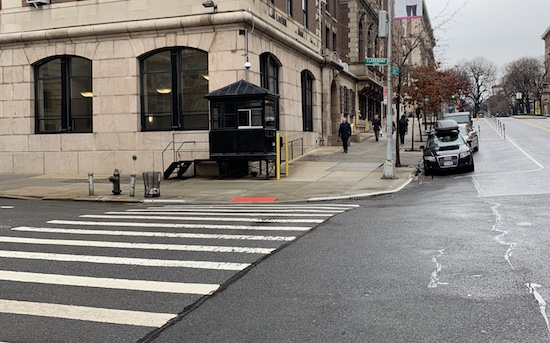
The people living in the area—who have offered several possible solutions, including traffic lights, stop signs, crosswalks, and zebra crossings—feel like they have been largely ignored.
Frank Wolf, a resident of Claremont Avenue for nearly 40 years and former dean of Columbia University’s School of Professional Studies, has come to be the informal spokesperson for residents there, serving as a liaison and communicating on behalf of those who live on the block. Speaking by phone with West Side Rag, he said the Claremont Residents Committee called out the need for speed bumps on Claremont Avenue as early as February 2015, in a meeting with officials from Barnard College.
“I can’t say that the circumstances of [Awn’s] accident would have been in any way affected by speed bumps,” he prefaced, before describing the many attempts he and other residents of Claremont Avenue have made to request additional safety measures in the area. In email correspondences shared by Wolf going back as far as 2017, requests had been made to prioritize “calming measures” across the avenue.
Another longtime Claremont Avenue resident, who wished to remain anonymous, also spoke with West Side Rag about her concerns. “It is virtually impossible to cross Claremont Avenue safely. Every option is hazardous,” she said. “As a parent of a child who attended Tompkins Hall Nursery School (located in 21 Claremont Avenue) in the early 2000s, I can attest to conversations with other parents about the danger of crossing Claremont Avenue with one’s child in a stroller, with fast turning cars and high velocity traffic on the street, and no direct and safe place to cross Claremont in order to access the school.”
The crash involving Awn was not the first serious one in recent years. A DOT spokesperson confirmed that there were two severe injuries on Claremont Avenue and 116th Street between 2013 to 2017. The fear of imminent danger prompted residents to continue to push for action.
“Near-misses happen all the time, and I have heard of many,” said the former Tompkins Hall parent, who outlined a range of hazards, which include speeding cars with low pedestrian visibility, fast turning cars coming from behind, and seasonal puddles and snow accumulation in the only existing crosswalk. She also provided solutions in order of preference, which start with a traffic light or zebra crossing in the middle of Claremont Avenue, and progress down to speed bumps, crossing signals, or stop signs at minimum.
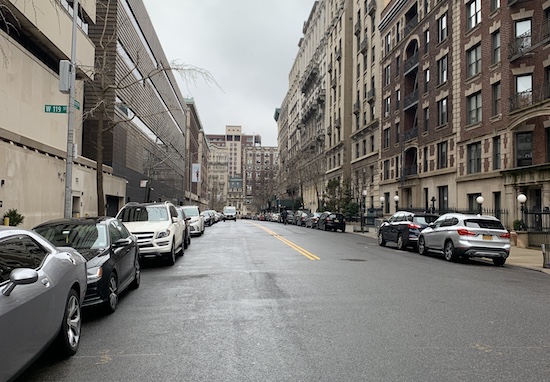
In March 2018, several institutions in the area made a formal request to the city for safety measures at the intersection of 119th Street and Claremont. That spot is quite busy as it allows passage directly through the Barnard campus to Broadway. “Everyone has to cross Claremont to get to [the campuses] and to the subway station and shops on Broadway. Getting across the superblock is always a challenge,” Wolf said.
The letter, dated March 8, 2018, was signed by representatives from Columbia University, Barnard College, and the Interchurch Center, an office building occupying the block between Riverside Drive, Claremont Avenue, and 119th and 120th Streets. An excerpt from the document (which can be viewed in full here) reads:
“On behalf of Columbia University in the city of New York, Barnard College and the Interchurch Center, we kindly request that the Department of Transportation consider installation of pedestrian safety measures at the intersection of West 119th Street and Claremont Avenue. Specifically, we would like to request the installation of a crosswalk and north and south stop signs at 119th street in order to protect the safety of faculty, students, and community residents who regularly cross the street at this intersection. … Due to the lack of signage, members of our various communities have expressed concerns about safety along this corridor, and specifically at this intersection.”
But this initial request did not specifically address safety concerns along the rest of Claremont Avenue. And after months without an update, Wolf kept pushing.
“There is an accident, perhaps a fatal accident, waiting to happen!” warned Wolf, urging the authors of the initial request to “give this a higher priority,” in a follow-up email from September 24, 2018. He said he had trouble getting specific information from Columbia or Councilmember Mark Levine’s office, whose district Claremont Avenue falls under. The councilmember’s office did not respond to requests for comment from West Side Rag.
The most recent update he received from Columbia representatives was around that time, relaying that DOT was looking into the matter and suggesting he keep an eye out for news later in the fall.
Nearly a year to the date, the DOT has yet to implement the colleges’ requested safety measures at the intersection at 119th—or any safety measures at all.
After Awn was hit, Wolf renewed his attempts. Wolf included West Side Rag on a correspondence with Columbia University and Barnard College representatives on January 29, 2019, following initial reports of Awn’s accident. In the email, he criticized the colleges for not making a stronger effort to address the “menace of speeding vehicles” on Claremont Avenue prior to the accident.
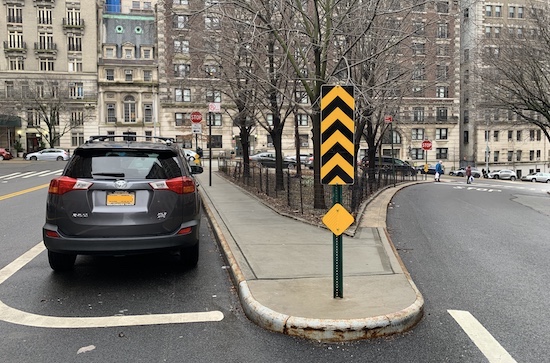
Asked for comment, a Barnard spokesperson told us that they mostly deferred to Columbia on this issue, given that Barnard only has one dorm in the area. A Columbia spokesperson told us that the school has made an effort to get the city to introduce new safety measures, and that the city is likely to act soon.
“In the past year, Columbia University administrators and neighborhood residents have communicated with the New York City Department of Transportation (DOT) about safety issues on Claremont Avenue. DOT agreed to study the issue, and last month informed us that Claremont has been added to its priority list of street safety installations for this coming year,” the statement reads.
“DOT has advised us that it will begin the installations of speedbumps on Claremont and throughout New York City during the spring when the weather is more conducive to the work needed to complete the process. … Over 1,300 students, faculty, employees and neighborhood residents live and work in buildings on or near Claremont Avenue and we look forward to DOT installing safety precautions for our local community.”
While they see that there’s now a heightened sense of urgency following the unfortunate circumstances of Awn’s death, the residents of Claremont Avenue feel discouraged by the pace—and unfortunate circumstances—it has taken to get here.
“Dean Awn’s accident was that proverbial accident waiting to happen, and true tragedy, a completely senseless loss that I hope will be a wakeup call,” said the former Tompkins Hall parent. “The mayor cares a lot about Vision Zero, and Columbia should publicize its cooperation with the Mayor’s office and the DOT to solve the problem – everyone wins.”
“There has been a longstanding concern with residents on Claremont Avenue,” said Wolf. “The real story here is how difficult it is for residents and citizens to mobilize the city to action.”







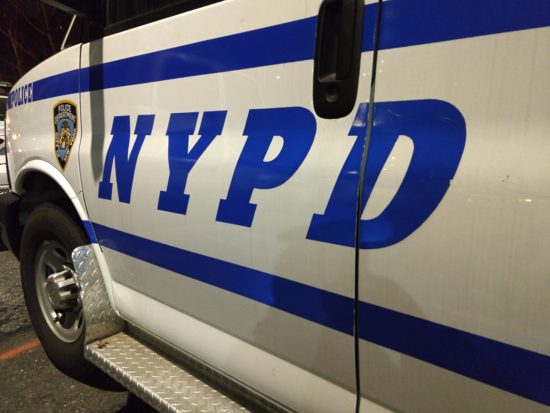

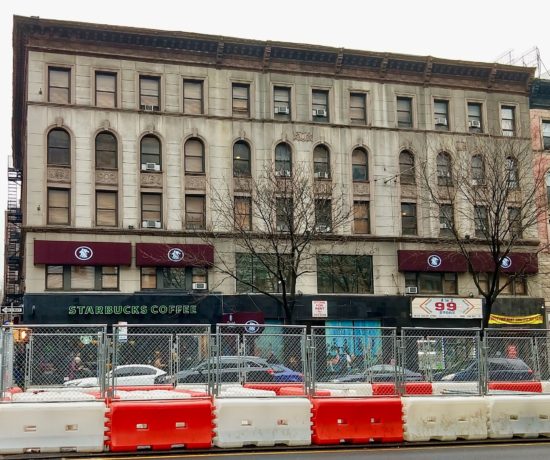
Sorry, I have to disagree that there’s anything unsafe there. I see a big crosswalk where the victim was walking. A driver hit him as so many do because they’re really terrible drivers who should be jailed. But, we have a DA who doesn’t prosecute these cases.
There will always be terrible drivers, however smart street design has been shown to be among the most effective ways at lowering and preventing deaths and injuries.
Claremont ends at Tieman Place, not 125th Street.
There are already speed bumps on the street. You literally cannot speed down the avenue. Perhaps they can add a few more crosswalks. But, I cross there daily and its not an issue as these folks make it out to be.
Speed bumps exist from Tieman to 120th St. There are no bumps from 120 to 116, and there should be.
Sure let’s have speed bumps on every street in the city.
I drive down Claremont regularly. It is extremely difficult to speed. Between the speed bumps, stop sign, traffic lights and double parked trucks and cars, I can barely manage to go 15 mph for the entire length.
I do not see that more speed bumps would make any difference.
I’m glad that you’re a safe driver, thank you. However, as a Claremont resident, I’m on the street every day at all times of day and night. I can tell you that cars regularly speed on the stretch 116-120, particularly after business hours, and at night. With four blocks without stop lights or bumps, driver behavior is quite different than on streets.
A near miss is actually a collision.
I understand the concern. But let me tell you that one solution being considered, a traffic light,is a very poor one. Why? 113th street and the service road of RSD had a Stop sign at the south corner. It is peculiar layout:113 th street does not meet the main part of RSD there. The street joins the Drive in a two-step process. The stop sign acted as a slow down device ,allowing drivers to see pedestrians and then either go straight on to 114th where the service road joined the Drive (traffic light) or turned east on to 114 OR drivers could turn left and wait for the traffic light to go south or north on the Drive. Then last year someone decided that we needed a traffic light at the corner of 113th and the service road. The net result had been that since then cars come speeding on the service road to catch the green light: we never had that problem with the big beautiful STOP sign. I have lived there for 45 years and I was never afraid. I would be a responsible pedestrian. Now i feel that I am fair game for the drivers wanting to make that light. I am a driver, I use that road to get home, I sometimes park briefly to load and unload my car. Now I wonder if i will have time before the cars come barreling down. It is the most shortsighted solution. It’s the one size does NOT fit all mistake being made. If it was meant as a traffic calming solution (unnecessary in this case), a serious traffic bump would be much more effective and clever.Traffic bumps are used in all the big cities and they work. No driver wants to leave his transmission on the roaf!
Claremont is dangerous and the intersection at 116 is dangerous and there need to be changes. The intersection up at Tiemann is no picnic either for the same reasons. There also needs to be enforcement of the current laws — there is no enforcement of speed limits, stop signs, double-parking or pedestrian right of way laws that I ever see on Claremont. Plenty of parking enforcement though…